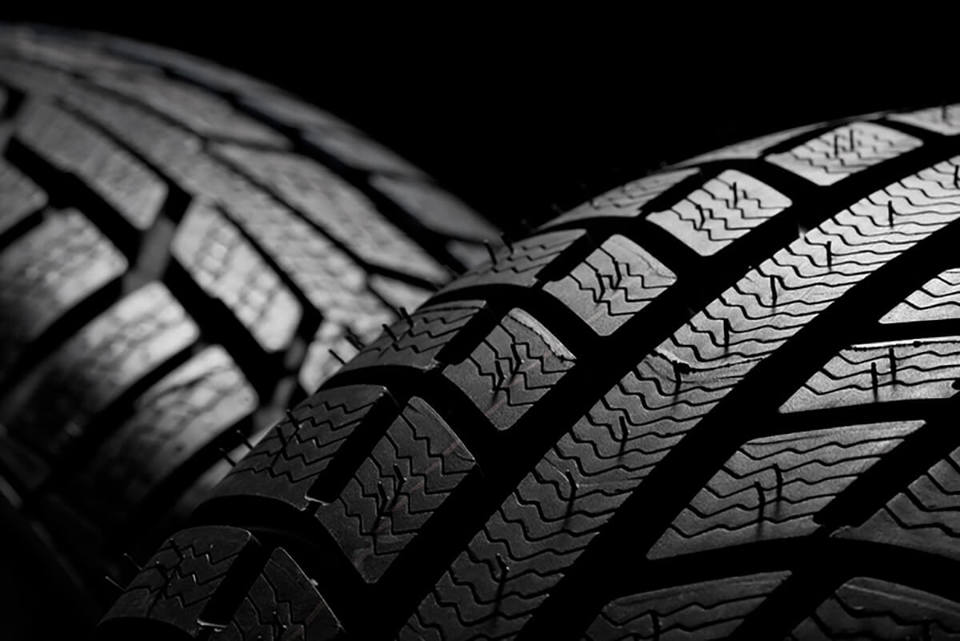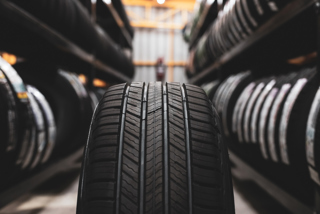TyreSafe is urging motorists to inspect their tyres before heading off on holiday to avoid it becoming a tyre related ‘wash out’.
On their pre-holiday check list, drivers should include making sure that their tyres have adequate tread depth, ensuring their tyres are properly inflated for the load being carried (including the spare tyre) and making sure that the general condition of the tyres is good. Driver’s failing to make these checks are more likely to be involved in a tyre related incident, potentially ruining their summer break warns TyreSafe.
“Whether you’re heading overseas in your car, or staying in the UK, correct tyre maintenance is vital to reduce the risk of being stranded by the roadside or involved in an accident as a result of a tyre related issue,” says Stuart Jackson, chairman, TyreSafe. “Thankfully though, important pre-travel checks which can prevent such problems are simple to do and only take a few minutes to perform.”
As well as the reduced likelihood of being involved in an accident, other benefits for drivers of correct tyre care include longer tyre life and reduced fuel bills. When tyres are underinflated their rolling resistance increases meaning more fuel is required to drive the car. One TyreSafe member estimates that when tyres are under-inflated by just 6psi, or around 20 percent, fuel bills rise by 3 percent.
Furthermore, under-inflated tyres cause additional unnecessary expense for drivers as they wear out much quicker and need replacing sooner. When run at 80 percent of the recommend pressure, it is estimated that tyre life falls to around 75 percent. At 60 percent pressure, tyre life falls to just 35 percent.
When checking tyre pressures, drivers should ensure they are inflated to the correct levels for the load being carried. Many vehicles require higher tyre pressures when carrying extra passengers or heavy items such as suitcases, bikes or roof boxes. Details of correct tyre pressures can be found either in the driver’s handbook, inside the fuel filler cap, or on a plate located on the driver’s door sill. Alternatively, iPhone users can download the free TyreSafe app which gives drivers the correct tyre pressure settings for their vehicle.
Equally important as tyre pressure is tread depth. But as Jackson explains, TyreSafe has devised a simple way for drivers to determine if their tyres have enough tread.
“The British weather is renowned for its unpredictable nature, so tyres need adequate tread depth to be able to cope with wet roads in the event of a sudden downpour. By visiting the TyreSafe website, drivers can see how to take the 20p test to see if their tyres have adequate tread depth to keep them safe and legal,” adds Jackson.
How to check your tyre pressures
- Check your tyre pressures at least once a month or before a long journey.
- Pressures should be checked against the vehicle manufacturer’s recommended level. This can be found in the vehicle handbook and on a plate which is often located inside the fuel filler flap or on the driver’s door sill.
- Check the pressure when tyres are cold (i.e. when you have travelled less than two miles).
- If you are carrying a full load of passengers or luggage or will be towing a trailer or caravan, tyre pressures should be increased in line with the vehicle manufacturer’s recommendations. Details can be found in the vehicle handbook.
- Ensure a reliable and accurate pressure gauge is used.
- Check the pressure in all four tyres not forgetting to check the spare tyre as well.
- While checking pressures, give the rest of the tyre a visual inspection. Remove any stones and other objects embedded in the tread. Look out for any bulges, lumps or cuts.
- If you are unsure on any aspect of tyre pressure or tyre condition take your vehicle to an approved fitting centre and speak to the experts.

















Login to comment
Comments
No comments have been made yet.